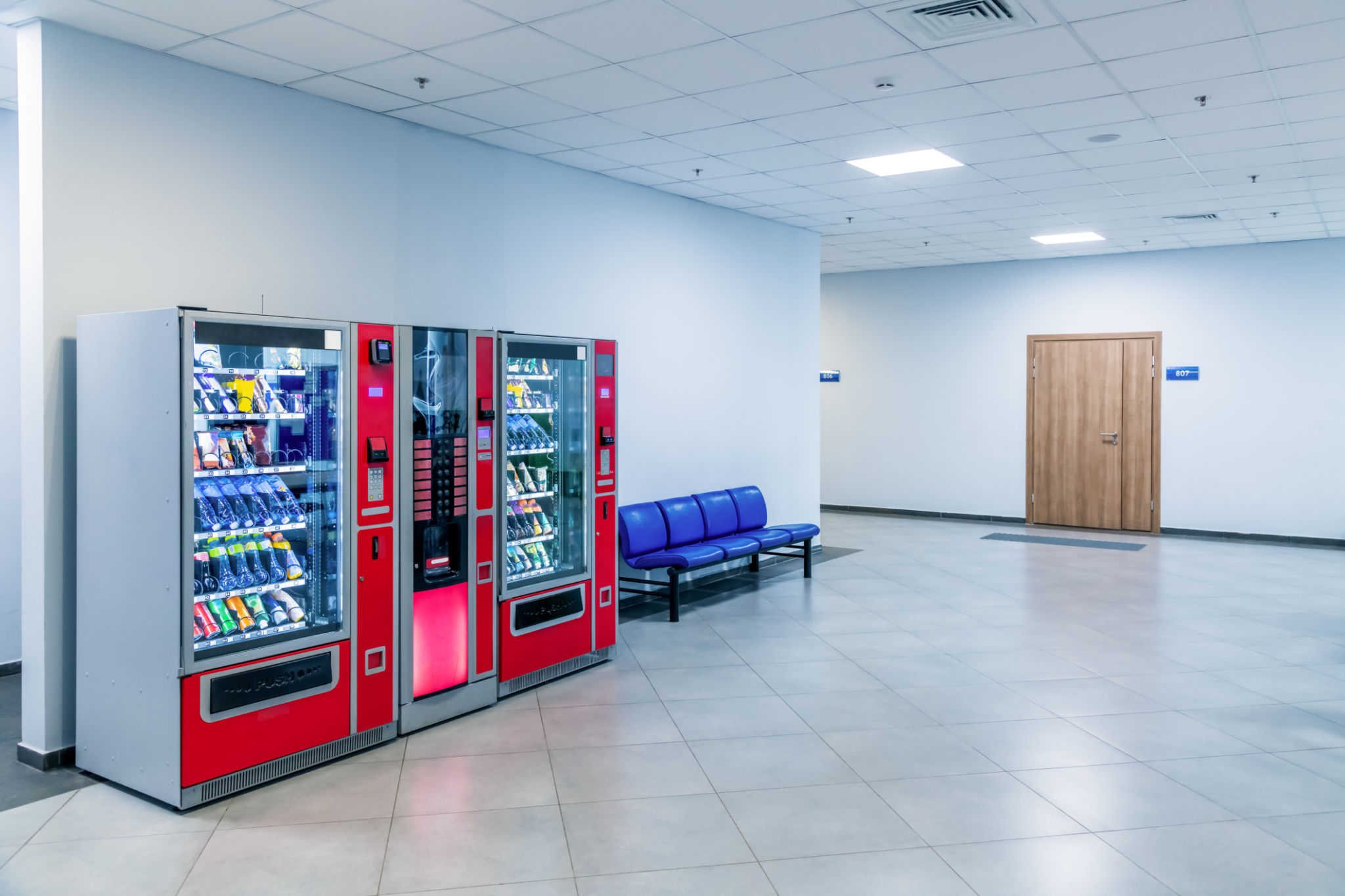Understanding the Mechanics: How Do Vending Machines Work?
The Inner Workings of Vending Machines
Vending machines have become a ubiquitous part of modern life, offering convenience and accessibility to a wide range of products. But have you ever wondered how these machines actually work? Understanding the mechanics behind vending machines can be both fascinating and enlightening.
At their core, vending machines are automated systems designed to dispense items in exchange for money. They integrate several components that work together to ensure smooth operation, from accepting payments to delivering the selected product.

The Payment Process
The first step in any vending machine transaction is the payment process. Modern machines are equipped with various payment options, including coin slots, bill acceptors, and credit card readers. Some even offer mobile payment options like QR codes or contactless payments.
Once payment is inserted, the machine's internal computer verifies the currency's authenticity. This verification process involves sensors and microprocessors that recognize the size, weight, and magnetic properties of the coins or bills. Once verified, the amount is registered, and the customer can proceed to make a selection.
Product Selection and Dispensing
After the payment is confirmed, the customer selects their desired product using a keypad or touchscreen interface. The machine's computer processes the selection, ensuring that the item is in stock before initiating the dispensing process.

Vending machines use various mechanisms for dispensing items, depending on the type of product. For snacks and drinks, spiral coil systems are common. The coil rotates to push the item forward, allowing it to fall into the delivery tray. For more delicate items like electronics or personal care products, elevator systems may be used to gently transport the selected item to the dispensing area.
Ensuring Security and Reliability
Security is a critical aspect of vending machine design. These machines are built to be tamper-resistant, with reinforced structures and secure locking mechanisms to protect against theft and vandalism. Additionally, they are equipped with sensors that detect any unauthorized attempts to access the machine's contents.
Reliability is another crucial factor. Vending machines are designed to operate continuously with minimal maintenance. Regular checks are performed to ensure that all components function correctly and that stock levels are maintained. Many modern machines also feature remote monitoring systems, allowing operators to track sales data and stock levels in real-time.

The Role of Technology in Modern Vending Machines
The integration of technology has revolutionized vending machines, making them more efficient and user-friendly. Touchscreen interfaces, cashless payment systems, and IoT connectivity have enhanced the customer experience while providing valuable insights for operators.
IoT-enabled vending machines can communicate with operators to report malfunctions or low inventory levels. This real-time data allows for prompt service and restocking, minimizing downtime and ensuring that customers always have access to their favorite products.
By understanding the mechanics behind vending machines, we gain a deeper appreciation for these marvels of automation that make our lives a little more convenient every day.